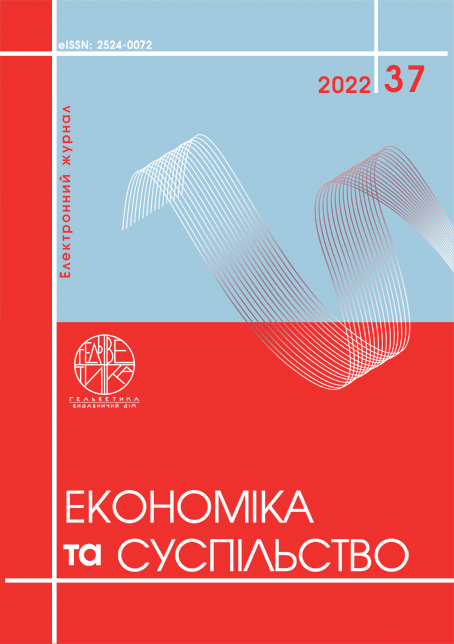US-CHINA COMPETITION: CONSEQUENCES FOR THE ASSOCIATION OF SOUTH-EAST ASIA
Abstract
The article considers the foreign policy priorities of the biggest "players" in the international arena – the United States and China. The main directions of formation of the Chinese energy strategy which consists in diversification of import of energy resources, reduction and safety of transport corridors are analyzed. The measures of China's aggressive policy on territorial disputes in the South China Sea are outlined. China's cooperation with some ASEAN countries to implement energy projects on the mainland and strengthen its position in the South China Sea, where significant oil and gas reserves have been identified, is described. The impact on the Association of Southeast Asian Nations of US foreign policy, which seeks to diversify and work closely with countries in the region, in response to the strengthening of China's position. The factors influencing the territorial conflict in the Asia-Pacific region in the context of the influence of China and the United States' foreign policy priorities are analyzed. The directions of rivalry between the two great powers, which are manifested in the zones of conflict over islands and marine waters, in the struggle between states for influence over Asian governments, are described. The main risks of ASEAN, which can undermine both regional stability and cohesion of the Association countries, significantly destabilize the situation in the face of fierce rivalry between the United States and China. It is noted that old and new members of ASEAN have different understandings of how the Association should develop; there is a big difference between pro-democracy and authoritarian states, between participants who are in favor of accelerating economic integration, and countries that adhere to nationalist approaches to the economy; different attitudes towards Chinese policy and the problem of territorial disputes in the South China Sea. It is analyzed that, depending on the combination of risks, the policy of ASEAN countries ranges from hedging and balancing to supporting China. It is determined that for the development of ASEAN it is necessary to develop a common position on territorial conflicts and carry out serious institutional reforms.
References
Городня Н. Д. АСЕАН як модель регіональної взаємодії держав Південно-Східної Азії. Гілея. 2015. № 99. С. 109–113.
Ravenhill J. Economics and security in Asia-Pacific region. The Pacific Review, 2013, P. 1–15.
Sun Yun. China's Strategic Misjudgement on Myanmar. Journal of Current Southeast Asian Affairs, 2012. P. 73–96.
Zhao Hong. South China Sea Dispute and China-ASEAN Relations. Asian Affairs, 2013. P. 27–43.
Baogang He. Concert of Powers and Hybrid Regionalism in Asia. Australian Journal of Political Science, 2012. P. 677–690.
Chen IT-Y., Yang AH. A harmonized Southeast Asia? Explanatory typologies of ASEAN countries' stratégies to rise of China. The Pacific Review, 2013. DOI: https://doi.org/10.1080/09512748.2012.759260
Horodnia, N. D. (2015) ASEAN yak model rehionalnoi vzaiemodii derzhav Pivdenno-Skhidnoi Azii [ASEAN as a model of regional cooperation of Southeast Asian countries]. Hileia, no 99, рр. 109–113.
Ravenhill, J. (2013) Economics and security in Asia-Pacific region, The Pacific Review, рр. 1–15.
Sun, Yun (2012) China's Strategic Misjudgement on Myanmar, Journal of Current Southeast Asian Affairs, рр. 73–96.
Zhao, Hong (2013) South China Sea Dispute and China-ASEAN Relations, Asian Affairs, рр. 27–43.
Baogang, He. (2012) Concert of Powers and Hybrid Regionalism in Asia, Australian Journal of Political Science, рр. 677–690.
Chen, IT-Y., Yang, AH. (2013) A harmonized Southeast Asia? Explanatory typologies of ASEAN countries' stratégies to rise of China, The Pacific Review. DOI: https://doi.org/10.1080/09512748.2012.759260


